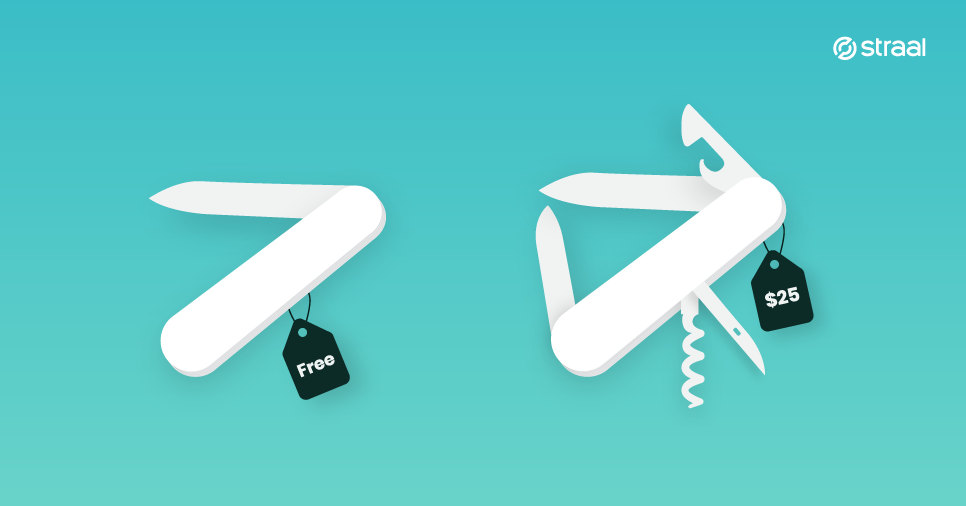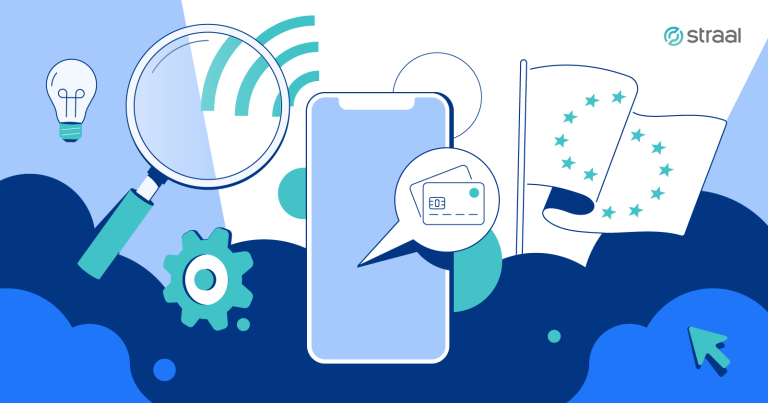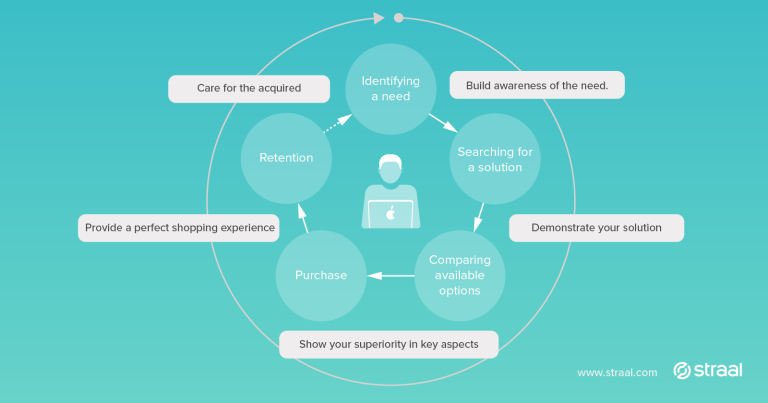Look at you, a fledgling entrepreneur at the threshold of international success. The world is ready to see your grin on the Forbes cover and I bet it feels fantastic to see your idea come to life. So now that you’re inevitably positioned for success, give your product away for free. Yes, just share that brilliant incarnation of your idea for free – that’s how the freemium model works. But is it really that simple?

Give it for free – that’s quite an earth-shattering piece of advice, isn’t it? Who could possibly recommend you to do something as radical as that? Well, for example the people who run WordPress, Surveymonkey, Zendesk, Hootsuite, LinkedIn, Prezi, Trello, Freshbooks, Evernote, Spotify, Mailchimp and MyFitnessPal to name just a handful. And what do they all have in common? They are all sterling examples of how to base the success of your business upon the freemium strategy. In my today’s note, I’d like to dissect the freemium model and zoom in on the possibilities it presents. For you – free of charge, obviously.
Freemium is not charity
First, let’s confront the controversy behind the freemium model. The word itself blends free with premium, which is fairly self-explanatory, but there’s more to it. Freemium never expires. It’s not a trial basis. It’s free forever, which probably amplifies the sense of risk. Most business newbies want to follow a well-trodden path – generate leads through sales and marketing, cultivating the old enterprise style, but the center of gravity is shifting in the freemium model. You begin by giving your product on a silver plate, without expecting money in exchange. Only to a certain degree though! Otherwise, it would be called charity.
The often-held assumption is that no profit leads to disaster, but at the same time, you need to remember that you sell priced plans/editions as well and, ultimately, the profits generated by premium users need to outweigh the cost of providing free service. It’s not plain sailing though so how do you achieve it? Start with cutting through the clutter and prepare simple, well segmented plans – unpaid one and paid one(s)! See how the champions of freemium strike the right balance between freemium and premium or, to be more specific, whereabouts on the spectrum you should fall in order not to come across as overly cautious or generous.
Freemium trailblazers
How does this translate into reality? Let me introduce you to how pros use freemium strategy. Have you heard about Deezer? It’s a streaming service – a gateway to a limitless (40 million songs is my definition of limitless) world of music. Deezer does not charge music lovers for giving them access to its resources. They all use the same platform, a very simple one – with a search bar on one side and lists of tracks on the other. The only inconvenience is interruptive advertising so, if you do not wish to hear commercial cacophony in the midst of a violin concerto/latest Justin Timberlake album or, in general, you try to bypass advertisements as much as possible, you can easily upgrade to a premium plan. As of January 2017, the platform reached 16 million monthly active users and 6 million paid subscribers, which – coupled with advertising (some companies massively rely on it for profit) – sounds like a great score.
Just so you know, or rather – to be contextually relevant – for the record, Spotify has just beefed up its freemium package by updating their mobile app. It now lets its users (non-payers) listen to playlists in any order and gives them access to 15 playlists, which translates into 40 hours of free music. Why? It’s part of Spotify’s plan to capitalise its success with the freemium approach and reach 1 billion users. At the moment, they “only” have 140 million monthly users out of whom 60 million are paying subscribers.
Yet another example: Surveymonkey. Their software allows you to create short surveys using templates provided on the site, but if you need them branded, if you want data export, collaboration or advanced analytics – you need to pay for it. Fair enough, right? Noticeably, the value offered in the premium plan is excellent, but the free options are great as well and this is probably why Surveymonkey has become the go-to website for those in need of data and can now boast over 25 million customers. So, what does it take be fit for freemium?
Freemium success factors
The market’s getting more and more competitive so you need to stand out, but it all always starts and boils down to your product. Your core offerings should reflect pure passion for your niche. Without that, you’re nowhere near success. Make sure your product’s captivating, useful, simple and, most importantly, it brings great value into your customers’ lives. Essentially, you want to hook them on the free product in order to whet their appetite and make them buy the premium package in the end. Given this, not only should the value proposition of the premium package be clear and convincing, but, to begin with, the basic version should be irresistible bait – only this will nurture your users into paying subscribers.
As for the product itself, simple functions and navigation are key. Just like in the case of both Surveymonkey and Deezer, the platforms are sustainable as they do not need much hands-on support. They are what everybody gets, they do not need customisation or a complete overhaul every time somebody opens an account/signs the contract. The costs of customer acquisition and service are, therefore, not very high and both platforms can be used repeatedly. I imagine online courses are ideal for implementing the freemium strategy. Once you’ve created a platform, say, for studying languages, virtually zero intervention on your side is required, you can offer premium options easily – like certificates, online conversations or more complex practise opportunities. I’d encourage you to gauge the potential of your business for implementing freemium using these three indicators: simplicity of your product, possibility of its repeated usage and low customer acquisition and service costs.
Freemium strategy from the merchant’s perspective
So, what’s in for the merchant? Loads. To begin with, thanks to freemium you receive the most valuable feedback on your product possible – feature by feature – which of them is most popular or most frequently utilised, what should be improved and, importantly, what can (should actually) be priced. It requires less marketing effort. If the traditional way of generating leads no longer applies, you should give priority over to other means of creating buzz around your business.
What should you care about in that case? Go back to the basics. Do not be laser-focused on complex campaigns. Let freemium be your potent marketing tool and make word of mouth marketing, referral networks and organic search marketing be your compass. What can you get in return? Customers, having learnt the benefits of your product first-hand, can make it go viral themselves. A vision of thousands or millions of evangelists of your product is an attractive one, isn’t it? Too blissful to be true? At one point, there were more people playing CandyCrush – a free-of-charge game that derived profits from advertising – than… inhabitants of Australia. Impressive!
As regards the equipment you need to make freemium strategy work, you can definitely support the clearly segmented plans and smooth out the subscription experience by employing effective software for payment collection. Interestingly, there’s business intelligence software (ideally it should come as part of payments management package) that predicts whether a user is going to upgrade their plan based on their activity. That same software will also help you convert users into paying subscribers by exposing them to functionalities that seem particularly valuable or mission-critical to them. Indeed, there’s plenty of great support available to help your business bloom.
I’d say the baseline is this: nothing ventured, nothing gained! If you’re reluctant to gamble your money like that – look up the companies I have mentioned above. See what they’d do differently in hindsight. It is understandable you’re wary that freemium will devour your money, effort, R&D, resources or sales, but taking the risk might in fact be a silver bullet for your company’s success. Considering a recent decrease in production costs of many online products, I believe it will be a very popular approach soon.
If you have any further questions concerning the freemium model, feel free to contact our team!







